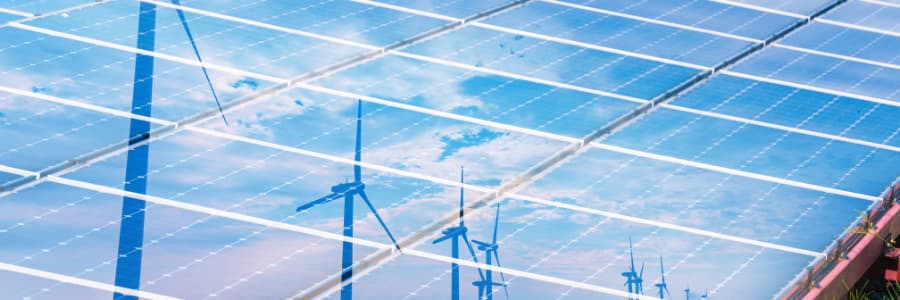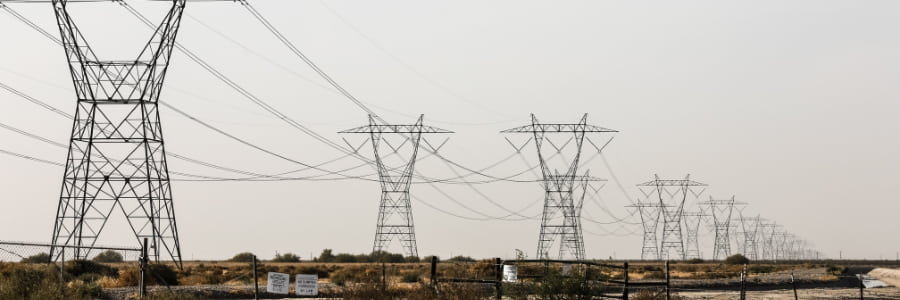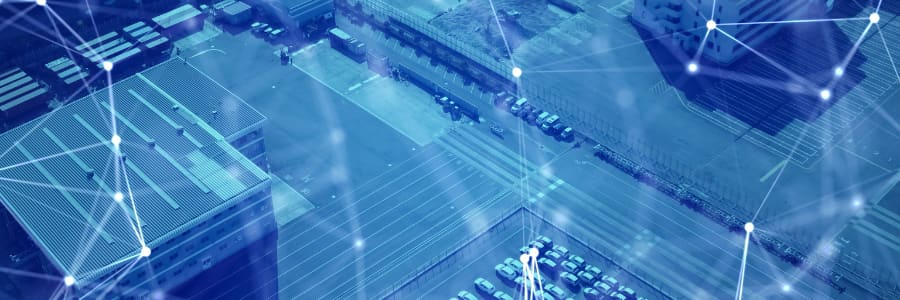Across the world, energy grid risks are evolving. Accelerating renewable energy integration and electrification are among the trends leading to new challenges.
According to the IEA, 80 million kilometres of new power lines—equivalent to the entire current global grid—will be needed by 2040 to meet climate targets and support energy security. This could lead to annual investment in grids doubling to more than US$600 billion a year by 2030.
Grid operators and utilities face the monumental task of balancing the need for upgrades to energy infrastructure with keeping prices competitive.
New solutions and approaches suggest a different path, where energy grid risks are mitigated through integration of software-centric approaches to energy flexibility and distributed energy solutions.
Risk: Peak loads occur during times of highest electricity demand. They can strain infrastructure, elevate costs, and increase the risk of blackouts. Increases electricity demand and integration of fluctuating energy production sources like renewable energy are set to exacerbate peak loads.
Risk mitigation opportunities:

Risk: The continued growth of renewable energy is critical to the green energy transition. However, their intermittent nature leads to increased variability and unpredictability in the grid.
Risk mitigation opportunities:

Risk: In many countries, power grids struggle to cope with increased demands and outdated infrastructure. The situation poses significant risks to grid stability, increased grid congestion, and efficiency issues, increasing the likelihood of outages and higher maintenance costs.
Risk mitigation opportunities:

Risk: As energy grids become more digital, they are increasingly vulnerable to cyberattacks. Energy grids are also integrating more devices, such as Internet-of-Things sensors, to support energy efficiency and two-way communication. These developments may open new attack vectors for hackers that can disrupt power supply and compromise the safety of energy networks.
Risk mitigation opportunities:

Risk: Climate change increases the risk of severe weather events like storms, floods, and heatwaves that can cause damage to the grid, causing outages and economic losses. Other issues include rising temperatures leading to risks of increased peak loads for cooling.
Risk mitigation opportunities:

Risk: The continued rise of EVs presents both opportunities and challenges for the grid. While EVs can increase energy demand, they also have the potential to support grid stability through smart charging technologies.
Risk mitigation opportunities:
Asset-approach to EVs: Using EVs as core assets for load balancing and frequency regulation.

Risk: Energy companies find it increasingly difficult to attract top talent in the industry and, more importantly, retaining them over time. Almost 50% of the industry’s workforce will reach retirement age in less than a decade.
Risk mitigation opportunities: